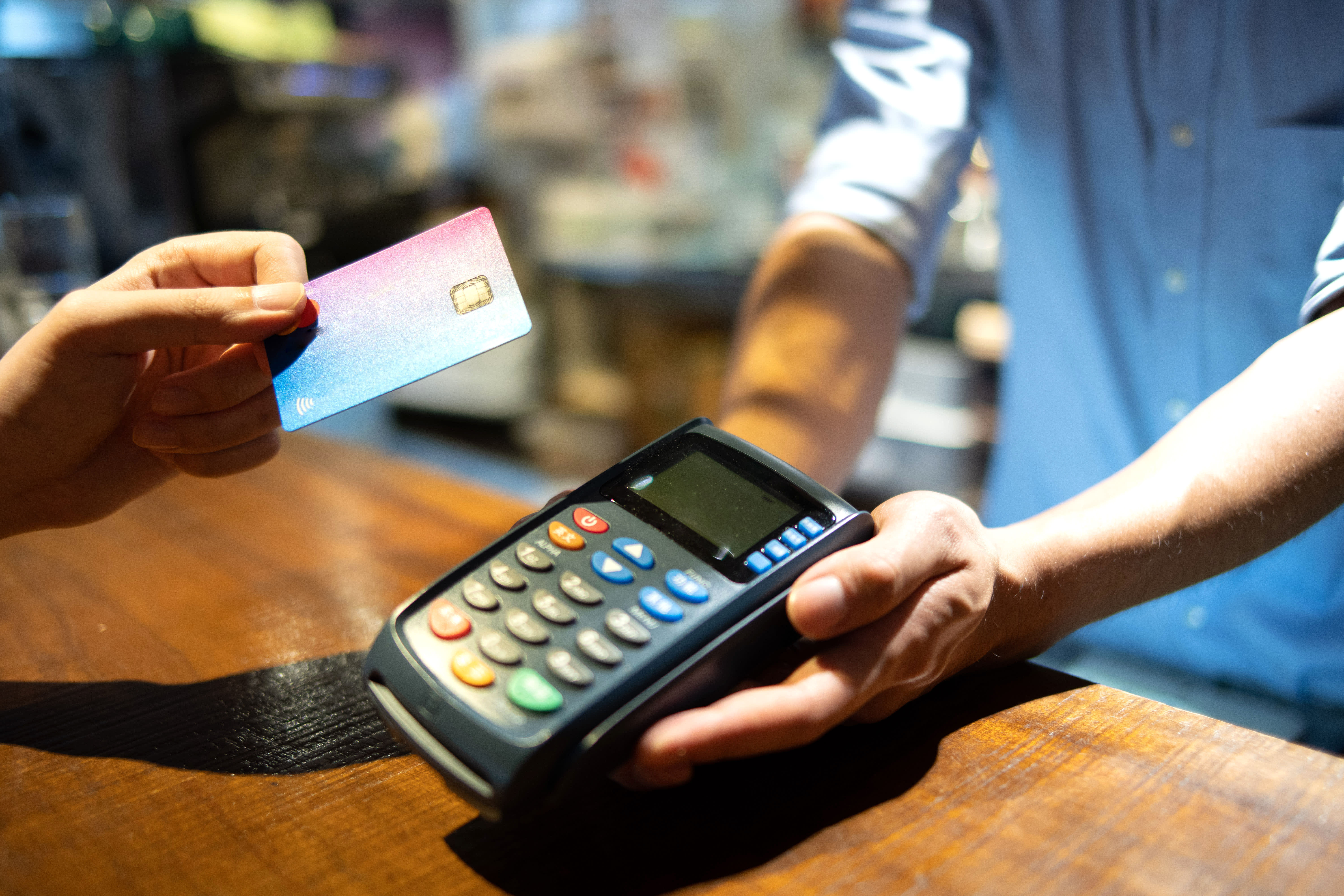Tera Images
If you play your cards right, small everyday purchases put on plastic can add up to big savings over time.
That’s thanks to increasingly generous credit card cash-back rewards programs — provided you pay your bills promptly — according to one credit-card comparison website. In addition, the right card for you likely depends on where and how you live.
Those are among the findings of a recent CreditCards.com analysis of U.S. Bureau of Labor Statistics data on typical consumer spending in several large U.S. cities. The website then tried to recommend the best card matches for local residents.
“Whatever you spend your money on, that’s how you should pick your credit cards,” said Ted Rossman, industry analyst at CreditCards.com. “It was really interesting … how much spending varies by metro area.”
More from Personal Finance:
Privacy a concern with electronic payment uptick
The IRS delayed refunds for 275,000 taxpayers last year
Americans feel bad about this investing mistake
New Yorkers, for example, spend 121% of the national average annually on public transportation, whether in cash or by credit or debit. (They also, unsurprisingly, spend 28.21% less at the gas pump.)
The Big Apple is rolling out a new contactless transit payment system dubbed “OMNY” that doesn’t just make it easier for commuters to fork over their $2.75 fares; it could also potentially earn them credit card rewards points every time they wave their smartphone or contactless card over a subway turnstile sensor.
To maximize rewards, CreditCards.com recommends New Yorkers consider cards which offer the most cash back on transit such as taxis, ride-share services, parking, tolls, buses, trains and more. Other public transit-reliant cities where commuters could benefit from a similar card include San Diego, San Francisco and Washington, D.C.
Los Angelenos, meanwhile, tend to drive more, spending $2,706 a year on gas — 28.31% above the national average. A good fit for them might be a card which offers 3% cash back on fuel, among other perks.
Transit, in fact, is on the rise as a rewards-generating category of spending, “especially as cities like New York and Chicago get deeper into contactless cards and being able to tap and go on the subway,” Rossman said.
Gasoline purchases, streaming service subscriptions and food bought both for home and at restaurants are also types of habitual spending that might be better put on a card.
“As long as you’re paying your bills in full each month and avoiding interest, I would suggest putting all the money you would have spent anyway on a credit card because it really does add up,” Rossman said. “I earned almost $2,500 in cash back last year and almost all of that was from regular spending.”
However, if you normally carry a monthly balance, it’s best you forget about cash back or travel perks. “It doesn’t make sense to pay 17%, 20%, 25% just to get 1%, 2% or 3% cash back,” he said.
Cash back rewards are, in fact, cardholders’ preferred loyalty perk, according to CreditCards.com. A recent study found that about two-thirds of cardholders choose cash over travel rewards like airline upgrades.
As long as you’re not going into debt to do this, it really can put extra money back in your pocket.
Ted Rossman
industry analyst, CreditCards.com
Research from other studies bears that out. A recent MyBankTracker.com survey found cash back is the preferred reward for 68.9% of all cardholders, compared to 17.15% for travel rewards.
“Often, the sexier rewards are flying to the Maldives in first class and staying in an overwater bungalow,” said Rossman. “For more people, it’s more about the everyday stuff and getting money back on these utilitarian daily categories like food and transportation and getting potentially hundreds or even thousands of dollars back by the end of the year.
“Who couldn’t use a little more cash?”
And it’s not just everyday spending that presents opportunities to earn dollars. A looming “spending spike” can help, too, said Rossman. With a family vacation to Disney World in the works for this year, he applied for a new card to earn valuable sign-up bonus points from all the travel expenses he’d be incurring before and after he heads to Florida. The move will net him $725 cash back by year end.
Public transit users in cities like New York can rack up rewards by charging subway and bus fares.
Hello Lovely Creative/Getty Images
“A spending spike could be a vacation, a home renovation, holiday shopping,” he said. “As long as you’re not going into debt to do this, it really can put extra money back in your pocket.”
That said, CreditCards.com has noted a move by card issuers away from the big sign-up bonus model. They want to discourage card churn in search of bonuses, Rossman explained, and instead build customer loyalty with juicier rewards for cardholders who stick around.
Still, compare card rates, rewards and offers at least once a year, and perhaps consider a change. “Your lifestyle changes, and the market changes, too,” Rossman said.
Older cards with no balances — and poor rewards offers — can be left open to help with credit utilization ratios used to calculate your credit score. But if there’s a high annual fee, Rossman suggests asking the issuer for a “product change” to a card without one.
“You can still keep that credit line and oftentimes keep the same number,” he said. “That’s a good way to protect your score but save on the fee if you’re not using that card anymore.”
For more on CreditCards.com’s analysis of city-by-city spending, click here.
